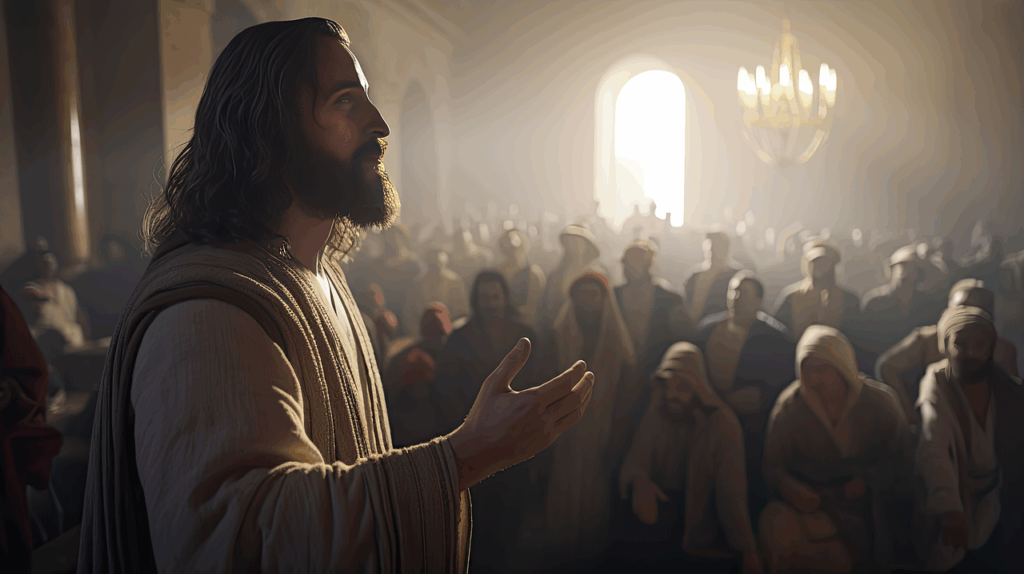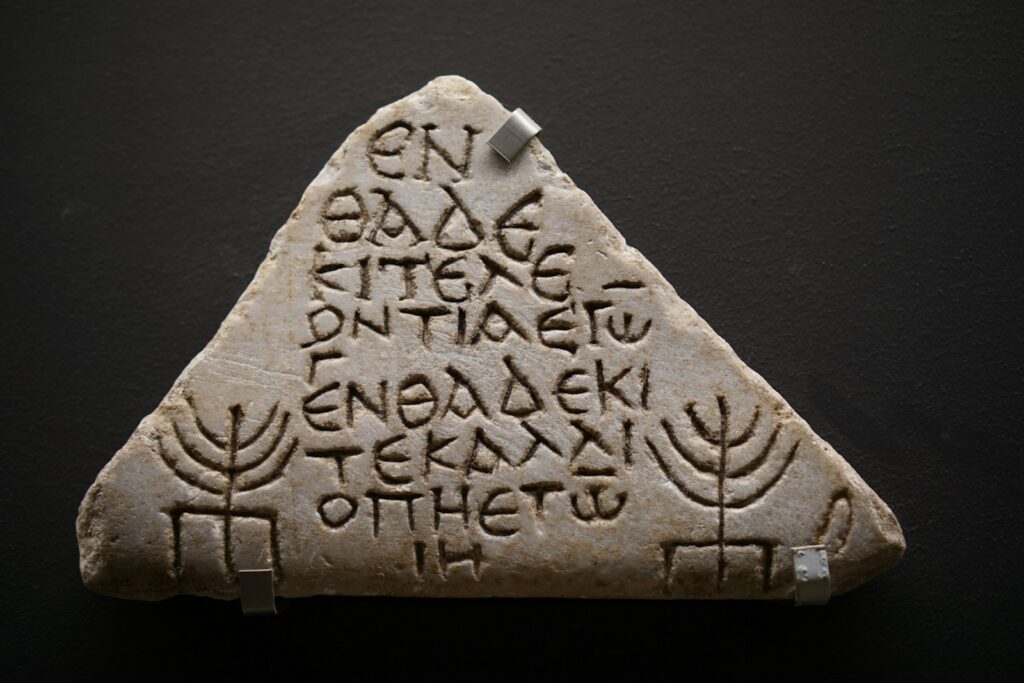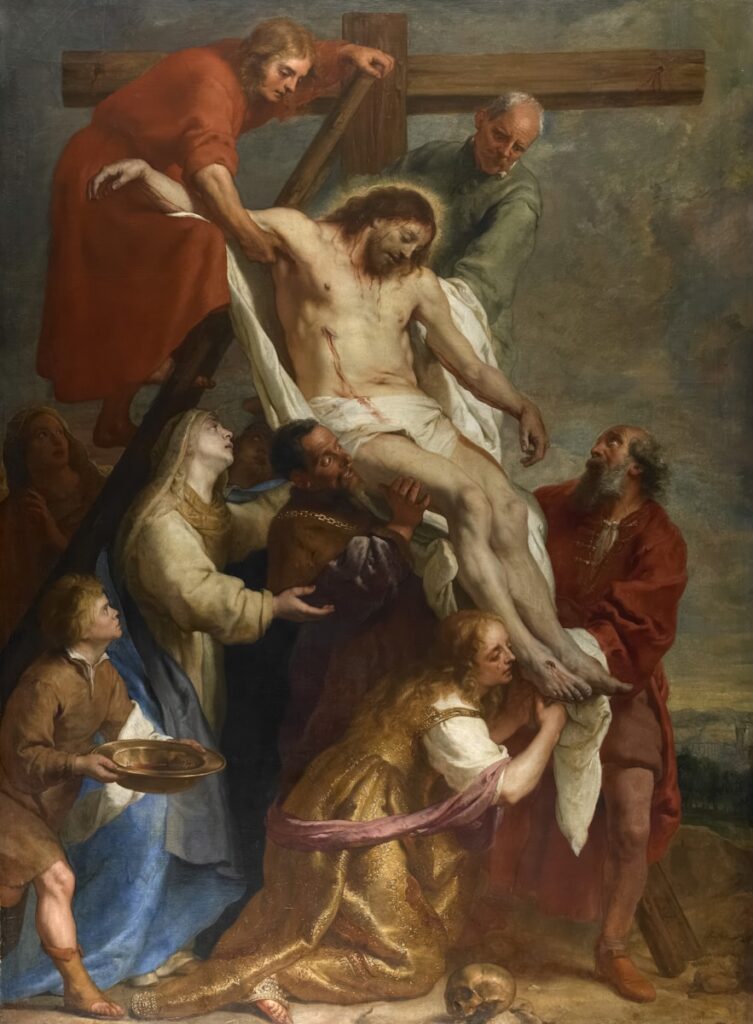The story of Jesus and the Bible has captivated people for centuries, inspiring faith, study, and endless debate. Beyond the spiritual lens, history offers insights into the real-world context of Jesus’s life and how the Bible came to be. Archaeology, ancient writings, and scholarly research shed light on what we can know with confidence and what remains uncertain. These findings do not aim to weaken belief but to provide a clearer understanding of how faith and history intersect. From the culture of first-century Judea to the transmission of biblical texts, history helps uncover fascinating truths about one of the most influential figures and collections of writings in human history.
1. Jesus Existed as a Historical Person

Most historians agree that Jesus of Nazareth was a real person who lived in first-century Judea. He was a Jewish teacher whose life and death influenced countless followers. Evidence for his existence comes from both Christian and non-Christian sources, including Roman historians like Tacitus and Jewish sources such as Josephus. While details of his miracles or divinity remain matters of faith, the historical presence of Jesus is widely accepted. The combination of biblical and extra-biblical writings confirms that his movement began with a real individual who profoundly impacted history.
2. His Crucifixion Under Roman Authority Is Well-Documented

Among the events in Jesus’s life, his crucifixion under Pontius Pilate is one of the most historically certain. Roman records and early Christian writings consistently confirm it. Crucifixion was a common punishment for political rebels, which aligns with how the Roman Empire perceived his influence. The public nature of crucifixion ensured witnesses, further supporting historical credibility. This tragic event not only marked the end of Jesus’s earthly life but also became central to Christian theology. Historically, it reflects the tension between Roman power and Jewish expectations of a coming Messiah.
3. Jesus Was a Jewish Teacher from Galilee

Jesus’s teachings were deeply rooted in Jewish tradition. He grew up in Galilee, a region rich in cultural diversity but strongly tied to Judaism. His knowledge of Hebrew Scriptures shaped his sermons, which often reinterpreted Jewish law and prophecy. Historical sources suggest that Jesus’s message of love, mercy, and the kingdom of God resonated with both peasants and religious scholars. By examining his context within first-century Judaism, historians understand that his message was both revolutionary and familiar. His Galilean background shaped his compassion for marginalized people and his connection to ordinary life.
4. Multiple Non-Christian Sources Mention Jesus

Several historical texts outside the Bible refer to Jesus or early Christians. Roman historians like Tacitus and Suetonius mention the followers of “Christus,” while the Jewish historian Josephus provides valuable references to his existence. These independent accounts, though brief, verify that Jesus’s movement was known across the empire. Even critics of Christianity acknowledged his influence. Such references strengthen the historical foundation of his life and confirm that his followers quickly grew in number after his death. These external sources bridge faith-based narratives with historical evidence, demonstrating that the story of Jesus extended far beyond religious circles.
5. The Gospels Were Written Decades After His Death

The four Gospels, like Matthew, Mark, Luke, and John, were written several decades after Jesus’s crucifixion. Scholars estimate that Mark was composed around 70 CE, while John may have been written as late as 100 CE. During this time, stories about Jesus circulated orally among early Christian communities. These writings were shaped by both memory and faith, leading to differences in style and emphasis. While they are not modern biographies, they preserve important historical details about Jesus’s life, culture, and teachings. Understanding their origins helps readers appreciate the Gospels as both spiritual and historical documents.
6. Jesus’s Ministry Included Women as Active Participants

Historical research shows that women played significant roles in Jesus’s life and ministry. Figures like Mary Magdalene, Martha, and Joanna supported him materially and spiritually. Unlike many leaders of his time, Jesus taught women publicly and welcomed them as followers. After his death, women were the first to report the empty tomb, highlighting their central place in early Christian witness. This inclusion was radical for first-century Judea, where women held limited public roles. The presence of women in his ministry reflects Jesus’s message of equality and compassion, which challenged prevailing cultural norms.
7. Jesus’s Teachings Focused on Love and Social Justice

Historical accounts portray Jesus as a teacher who emphasized compassion, humility, and forgiveness. His teachings addressed social inequality, offering hope to the poor, the sick, and the oppressed. The concept of the “Kingdom of God” represented both a spiritual ideal and a social transformation. Many of his parables challenged the wealthy and powerful while uplifting those considered outcasts. His message sparked both admiration and controversy, drawing attention from Roman authorities. Historically, these teachings helped shape moral philosophies across the world, influencing laws, human rights movements, and religious thought for centuries.
8. The Bible Was Written by Many Authors Over Centuries

The Bible is not a single book but a collection of writings composed by different authors over roughly 1,500 years. Its texts include poetry, prophecy, history, and letters, reflecting a wide range of voices and experiences. Historical study shows that the Bible evolved through translation and interpretation, shaped by the cultures that preserved it. Recognizing its complex authorship does not lessen its significance; it highlights its enduring relevance. The Bible’s diversity demonstrates humanity’s continuous effort to understand God, morality, and existence, forming the foundation of Western religious and ethical traditions.
9. The Old Testament Reflects Ancient Near Eastern Culture

Many stories in the Old Testament mirror themes found in older Mesopotamian and Egyptian texts. This doesn’t mean they were copied, but shows that the writers engaged with the broader cultural environment of the ancient world. Laws, poetry, and moral codes in the Hebrew Bible were influenced by their surroundings, yet developed unique theological perspectives. Archaeological discoveries, such as ancient tablets and inscriptions, have helped confirm the historical settings of biblical events. Understanding this context allows readers to see the Old Testament as a record of evolving faith within a real historical civilization.
10. Jesus’s Birth Date Is Historically Uncertain

The familiar date of December 25 was established centuries after Jesus’s lifetime. Historical research suggests that Jesus was likely born a few years earlier than the traditional year 1 CE, during the reign of King Herod. The choice of December 25 may have been influenced by existing winter festivals in the Roman world. While the exact date remains unknown, historical and biblical clues point toward a spring or autumn birth. This detail, though minor, reminds us how early Christian traditions evolved to align with cultural and religious practices of their time.
11. Jesus Was Known for His Parables and Public Preaching

Jesus’s method of teaching through parables made his message accessible to ordinary people. These short, relatable stories carried profound moral and spiritual lessons. Historically, his open-air preaching and storytelling reflect the oral traditions of his era. His audiences included farmers, fishermen, and travelers, showing his ability to connect across social boundaries. Parables such as the Good Samaritan and the Prodigal Son reveal his emphasis on forgiveness and compassion. From a historical perspective, his teaching style contributed to the rapid spread of his ideas and made them memorable across generations.
12. The Bible Was Compiled Over Time Through Careful Selection

The process of forming the biblical canon took centuries. Early Christian leaders debated which texts best represented their faith and teachings. By the fourth century, the New Testament books were officially recognized by the church. Historical records show that some writings were excluded because they did not align with established doctrine. This gradual process illustrates the care taken to preserve authentic teachings. The result was a unified yet diverse collection of texts that continues to guide billions of people. Understanding this history deepens appreciation for the Bible’s authority and influence.
13. Archaeology Has Supported Many Biblical Details

Archaeological discoveries have confirmed numerous aspects of biblical history, such as cities, rulers, and cultural practices mentioned in Scripture. Findings from ancient Israel, Egypt, and Mesopotamia reveal artifacts and inscriptions that align with biblical descriptions. While not every event can be proven, the material evidence often supports the Bible’s historical framework. Excavations of places like Jericho and Jerusalem provide valuable insights into the daily lives of people in biblical times. These discoveries bridge faith and science, allowing modern readers to see how historical context strengthens the story of Scripture.
14. Jesus Was Executed as a Threat to Roman Order

The Roman Empire maintained strict control over its territories, and any leader who attracted large crowds could be seen as a potential threat. Jesus’s growing following and his message of a new kingdom likely alarmed local authorities. His arrest and crucifixion were political acts intended to prevent unrest. Historically, this explains why Rome executed him while some religious leaders accused him of blasphemy. His death was not only a spiritual moment but also a historical one rooted in power dynamics between the empire, religion, and ordinary people.
15. Early Christianity Spread Rapidly After His Death

Within decades of Jesus’s death, his followers established communities across the Roman Empire. The Apostle Paul played a major role in spreading his teachings beyond Jewish audiences. Historical evidence from letters and inscriptions shows that early Christians met in homes, practiced communal living, and faced persecution. Despite challenges, the movement grew rapidly, driven by a sense of hope and unity. The rise of Christianity is one of history’s most remarkable social transformations. It reshaped culture, law, and philosophy, leaving a legacy that continues to influence global civilization today.
16. The Bible Has Been Translated More Than Any Other Book

The Bible has been translated into thousands of languages, making it the most widely distributed text in human history. This global reach reflects its profound influence on culture and faith. Translation has not been simple; linguists and theologians have worked for centuries to preserve meaning across diverse languages and traditions. Each translation tells a story of devotion and scholarship. The Bible’s availability has allowed people from all backgrounds to explore its message, ensuring its continued relevance through changing times. It stands as both a spiritual and historical masterpiece.
17. Jesus’s Resurrection Remains a Matter of Faith

From a historical perspective, the resurrection cannot be proven through physical evidence, yet it remains the cornerstone of Christian belief. Early followers believed deeply that Jesus rose from the dead, and their conviction fueled the growth of Christianity. Written accounts of the resurrection appeared within decades, showing how central it was to their identity. Whether viewed as a literal event or a profound spiritual truth, its influence on history is undeniable. The resurrection shaped art, philosophy, and theology, symbolizing hope and renewal across centuries.
18. Ancient Manuscripts Help Verify Biblical Accuracy

Thousands of ancient manuscripts, some dating back to the second century, help scholars confirm the Bible’s textual reliability. While variations exist, the core message remains consistent across copies. Discoveries like the Dead Sea Scrolls have provided remarkable insights into the preservation of Scripture. Comparing manuscripts allows historians to trace changes and correct errors made over time. This process demonstrates both human involvement and careful preservation. The abundance of manuscripts makes the Bible one of the best-documented texts of antiquity, giving modern readers confidence in its enduring authenticity.
19. Jesus’s Legacy Extends Beyond Religion

Even outside religious belief, Jesus’s teachings have profoundly shaped world history. His influence can be seen in literature, art, ethics, and human rights. Philosophers, reformers, and political leaders have drawn inspiration from his message of love, forgiveness, and equality. The moral principles he taught helped form the basis for many modern values, including compassion for the poor and justice for all. Historically, his life bridged faith and social transformation, leaving an imprint on nearly every culture. His enduring legacy demonstrates the power of ideas rooted in kindness and understanding.
20. The Bible Continues to Shape History and Culture

Throughout centuries, the Bible has guided societies, inspired laws, and provided moral frameworks. It remains one of the most influential texts ever written. Beyond religion, its stories, poetry, and wisdom have shaped art, politics, and education. The Bible’s survival through wars, translation, and reformations reflects humanity’s enduring search for meaning. Historically, it serves as both a spiritual and cultural record of civilization. Even in modern times, its teachings continue to inspire reflection, compassion, and dialogue across generations and belief systems.
Comments